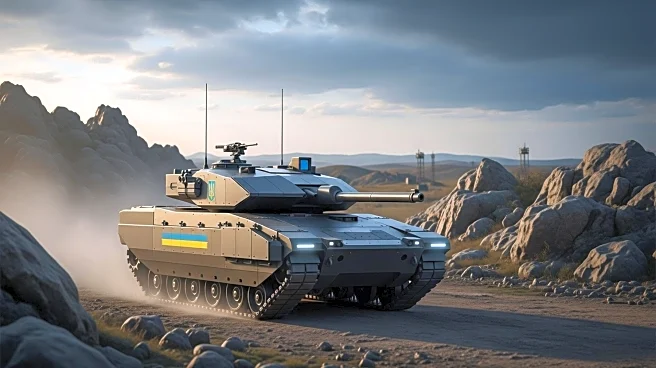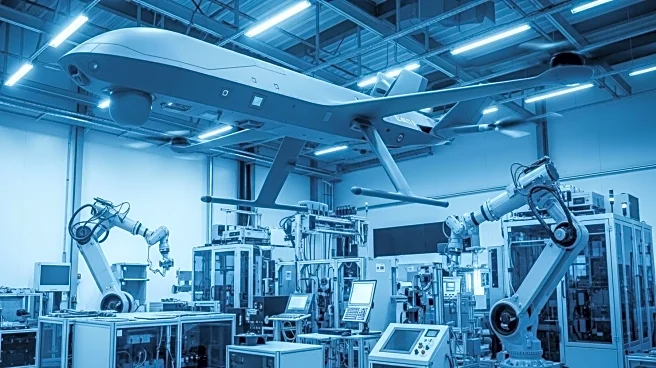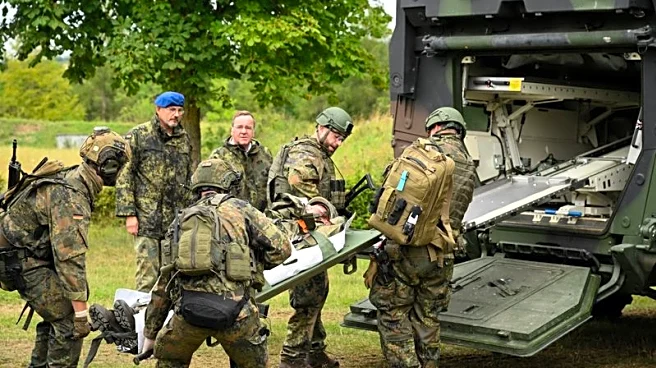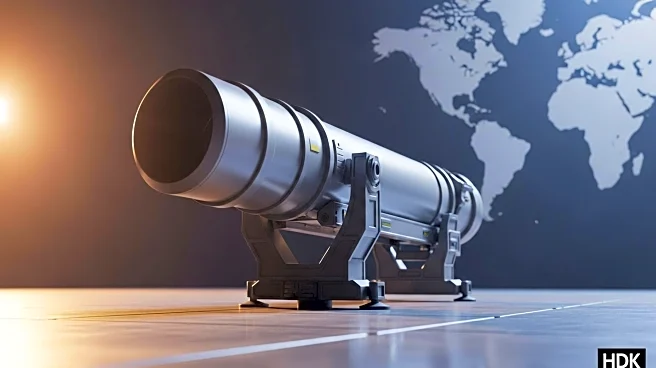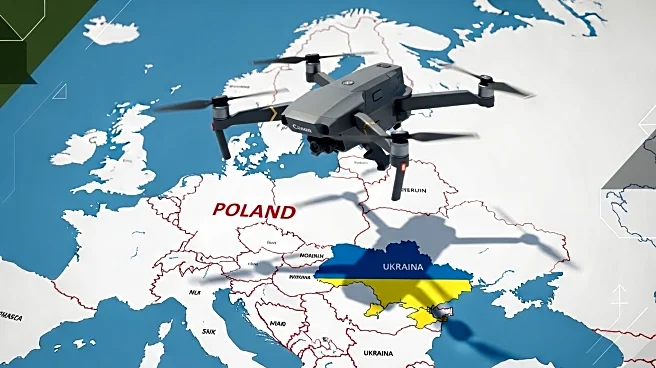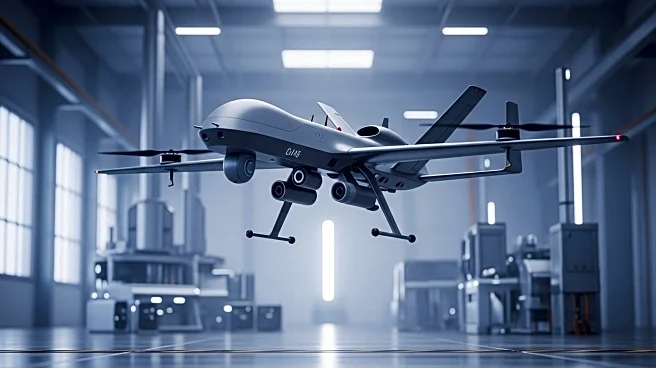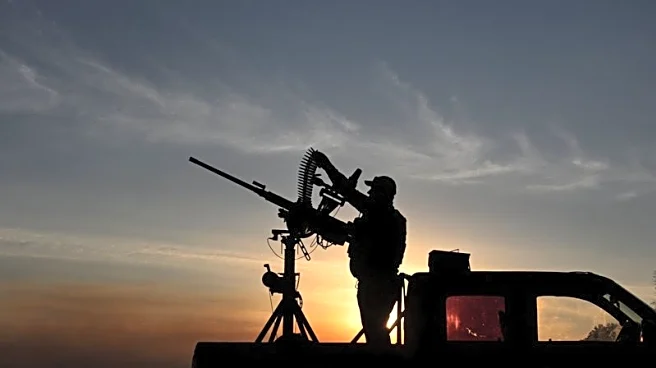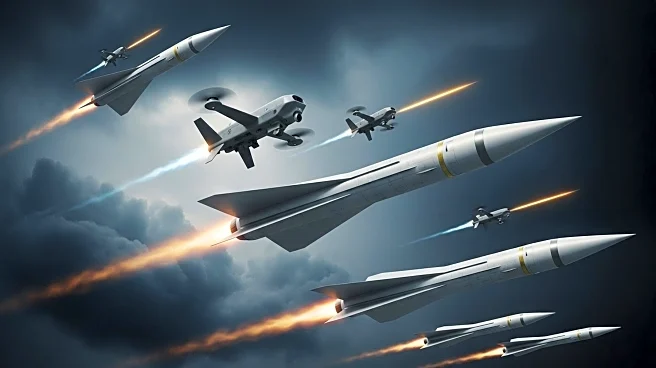What's Happening?
The Ukrainian army is increasingly deploying remote-controlled armored vehicles to perform various tasks on the battlefield, aiming to enhance efficiency and reduce risks to soldiers. These vehicles, referred to as 'robots on wheels,' are used for transporting supplies, clearing mines, and evacuating the wounded. The initiative comes amid a shortage of soldiers in the ongoing conflict with Russia, which has persisted for over three and a half years. The vehicles, resembling miniature tanks, are primarily manufactured by Ukrainian companies and vary in cost based on their size and capabilities. While remote-controlled vehicles are not new to warfare, Ukraine's extensive use of them is notable and could lead to advancements in military technology.
Why It's Important?
The deployment of remote-controlled vehicles by the Ukrainian army signifies a shift towards integrating advanced technology in military operations, potentially setting a precedent for future warfare strategies. This approach not only aims to preserve human lives by minimizing direct exposure to danger but also enhances operational efficiency on the battlefield. The use of such technology could influence military tactics globally, encouraging other nations to adopt similar methods. Additionally, the development and utilization of these vehicles could stimulate growth in the Ukrainian tech and defense industries, fostering innovation and economic activity.
What's Next?
As the Ukrainian army continues to incorporate remote-controlled vehicles into their operations, further advancements and adaptations are expected. Soldiers are already working on improving the vehicles' resilience against electronic warfare and enhancing their functionality. The ongoing conflict provides real-time feedback, which is being used to refine newer models. The success of these vehicles could lead to increased investment in military robotics and potentially influence defense policies in other countries facing similar challenges.
Beyond the Headlines
The use of remote-controlled vehicles in warfare raises ethical and legal questions regarding the role of automation in combat. As technology continues to evolve, the balance between human decision-making and machine autonomy becomes increasingly complex. This development could also impact cultural perceptions of warfare, as the traditional image of soldiers on the battlefield is replaced by machines performing critical tasks. Long-term, the integration of robotics in military operations may redefine the nature of conflict and the responsibilities of combatants.

